When was James Madison born?
James Madison was born in 1751.
Where was James Madison born?
James Madison was born in Belle Grove, Port Conway, Virginia.
How old was James Madison when he became president?
James Madison was elected at the age of 58.
What years was James Madison president?
James Madison was president from 1809-1817.
When did James Madison die?
James Madison died in 1836 at the age of 85.
How did James Madison die?
He died from heart failure.
One of the Greatest Presidents
James Madison took on roles that secured his place in history as a diplomat and one of the prestigious Founding Fathers of the nation. He is considered one of the greatest leaders of the United States and ranks high for his approval as a president.
The Humor of James Madison
One of the fascinating things about James Madison is he could be quite serious one moment and joking the next. This is clear in the multitude of quotes by James Madison. But unfortunately, it took some time for those around him to understand his sense of humor.

James Madison’s Health
His family was known to have various health issues, but his health wasn’t as bad as many of his siblings.
His most significant symptom over the years was bouts of chronic fatigue. It was challenging for him to stay on top of his duties when faced with this. His wife often took on various responsibilities for him to reduce suspicions from others about his health.
He may have been a hypochondriac, causing him anxiety about health issues that weren’t real. It could have been difficult for him because he had watched his siblings suffer from many health problems over the years.
President Madison’s Early Years
Madison was born on March 16th, 1751, to a wealthy family in Virginia. The family-owned a tobacco plantation known as Mount Pleasant.
He was one of 12 children. Due to illness, many of them didn’t reach adulthood. It isn’t known what the underlying ailments were. Madison was kept at home frequently to reduce the risk of illness.

Due to the family’s wealth, he received an excellent education. He was educated at the plantation by various tutors. One that worked with him for several years was Donald Robertson. Madison excelled in writing, reading, and math and learned fluent Latin through him.
In 1769 he enrolled at Princeton University and excelled in all classes. He was passionate about debate and speech. He joined the American Whig Society, an organization on campus with political undertones.
He worked hard and completed the three-year Bachelor’s program in two years. His education gave him a firm grasp of morality, values, and philosophy.
Was James Madison a Lawyer?
Many refer to him as a lawyer, but he has no record of achieving a law degree. He returned to the plantation and tutored his younger siblings.
He also read various law books and taught himself how to interpret those laws and situations where they could be applied.
He talked fluently about the law to the point many turned to him for expert legal advice!
Family Life
Madison took over the family plantation after his parents died. He was an excellent businessman. The plantation had more than 100 slaves doing the labor there at any given point in time.
When he took office, it is claimed that he publicly called for the freedom of slaves. However, those close to him said he referred to slaves as a necessary part of the business in private. He believed it was the only way for any plantation to be prosperous.
President Madison’s Wife
Madison wed Dolley Payne Todd on September 15th, 1794. She had been married before, but her husband died due to yellow fever. The couple had a short courtship but spent much time together once they were married.
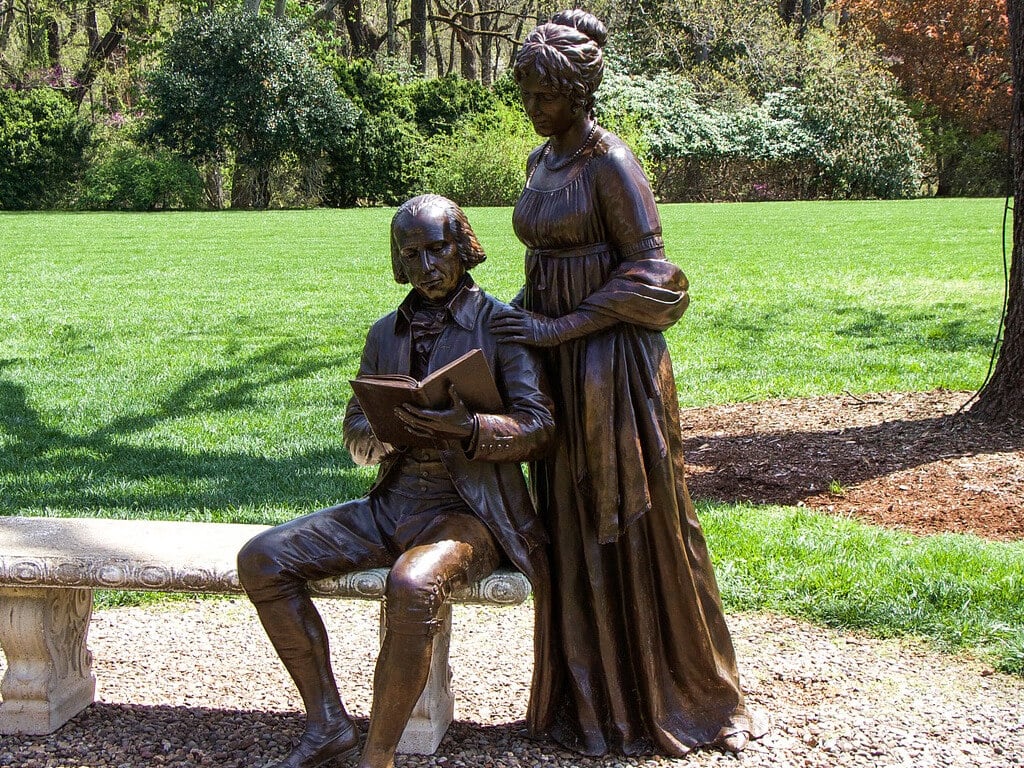
Dolley fully supported his career path and was often at his side through it all. She also experienced periodic health issues. It is believed they were complications of yellow fever.
She loved to take on the task of hosting dinners or campaign roles. She is credited with the mold for how the First Lady acts and takes care of social aspects for her husband in the White House.
Did James Madison have children?
The couple never had any children of their own. Dolley had three children from her previous marriage, but only one survived yellow fever. Madison was a wonderful father to him.
There were rumors he tried to have children but couldn’t with his wife. He may have been infertile, or she may have been after her bout with yellow fever. Others stated he never wanted to have children due to the many siblings with chronic health issues. He didn’t want to see his children suffering.
Path to the Presidency
Madison was always highly regarded by others from all walks of life. He was a good listener and a great speaker. People were interested in his thoughts and ideas. They listened to him, and they respected him. He was willing to listen to other sides of issues to gain knowledge.
He spent time in the Continental Congress and the Virginia House of Delegates. Such roles were a challenge due to the American Revolution taking place. Nevertheless, he was involved during and after the war ended in both of those roles.
His diplomatic ways helped to reduce tensions and find solutions. His recognition widely increased when he became Secretary of State in 1801. He held this position until 1809 when he became president.
A driving force for constitutional change
Madison wasn’t afraid to speak up and call for change. He was solution-oriented, offering ways to make improvements. One such issue he took a stand against was the Articles of Confederation.
He felt the Articles left the government weak and vulnerable. To help eliminate this problem, he was a driving force behind the Constitutional Convention.

Get Smarter on US News, History, and the Constitution
Join the thousands of fellow patriots who rely on our 5-minute newsletter to stay informed on the key events and trends that shaped our nation’s past and continue to shape its present.
They were intrigued when others saw him taking a stand and not back down. Many felt the same way but weren’t vocal in public.
With his leadership, the written message was getting out there to the masses. The number of supporters grew, and those who didn’t speak up before started to find their voices.
The Federalist Papers
He quickly took on a leadership role within the convention. It wasn’t long before he joined forces with Alexander Hamilton and John Jay. They collaborated to write The Federalist Papers. These influential essays were designed to help ratify the Constitution.

Once this was a success, Madison turned his attention to the House of Representatives. He was one of the top advisors to President George Washington. So few were surprised when Madison campaigned for president or that he won.
Accomplishments
When he took office, he tried various strategies to work with Great Britain. There were issues with embargos and other economic factors. Great Britain continued to attack American ships and take the goods from them.
This president wasn’t going to stand for it. A solution couldn’t be found all agreed to, and the War of 1812 ensued. The United States was victorious, showing he would not allow another country to take advantage.
The Second Bank of the United States
To protect the United States and boost the economy, he created The Second Bank of the United States. The Protective Tariff soon followed it in 1816. His second term was coined the Era of Good Feelings, and it was a relief to have the wars in the rear-view mirror.
Funding the wars had taken a toll on the country financially. Part of the reconstruction was to get the banks backed and on track.
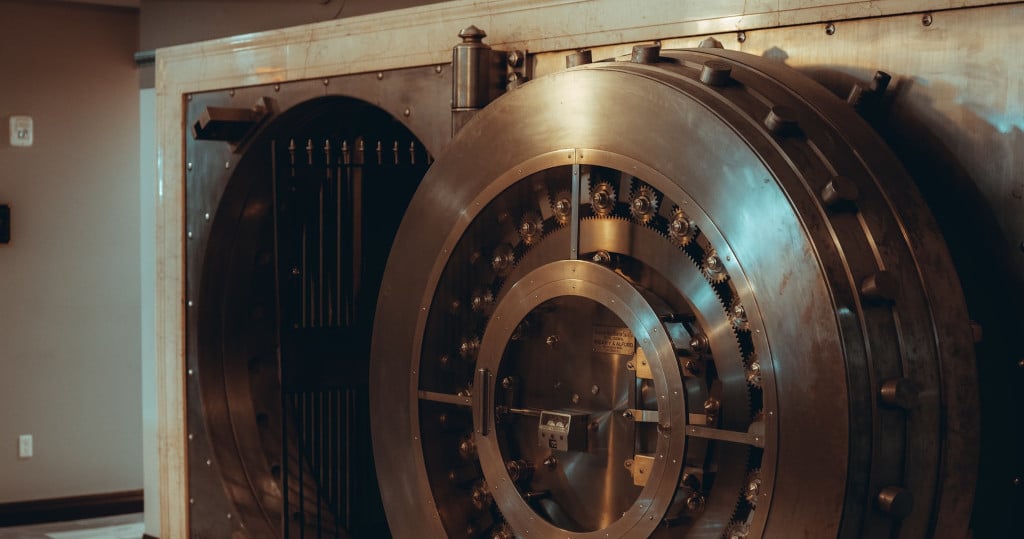
A tariff was put in place for American goods, helping to protect the economy. In addition, the government put money into the military to help keep them strong.
Madison believed this prevented the United States from becoming a target for other countries. Since the two political parties were greatly divided after the wars, he extended an olive branch.
While he stood his ground on many topics, he was willing to negotiate with others. This brought about discussions and new ideas. In the end, both parties seemed to be happier with the outcome than they were before.
A second term for the people
This type of leadership in his second term differed from how he presided over topics in his first term.
His first term focused on power and growth and showed that the United States didn’t back down. His second term focused more on the people and helping them uphold their rights.
While he publicly asked for slavery to end, he also supported states in the union making their own decision about it. He tried to avoid the issue, mainly because he owned slaves.
James Madison is also the only president to have two vice presidents who died in office! They were Vice President George Clinton and Vice President Elbridge Gerry.
James Madison’s Failures as President
In the overall scheme of things, his portrayal of the American Indian culture was a failure. He didn’t value their society or their beliefs. Instead, he worked out deals to buy their land for a low cost and supplies.
He also encouraged them to give up their nomadic ways of hunting. Instead, he wanted them to stay in one location and farm. Naturally, the Native Americans weren’t happy with this new way of life.
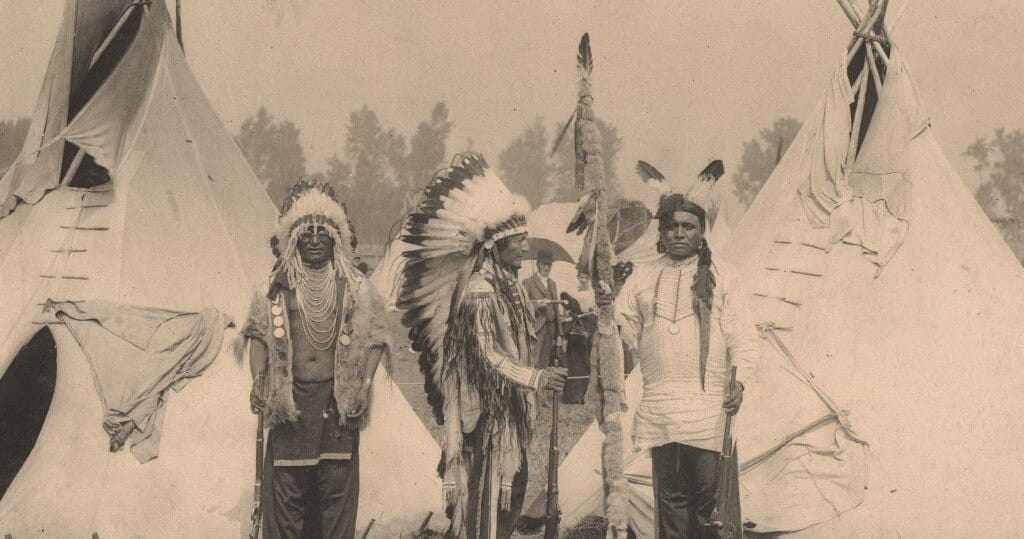
He did this to help the United States grow and access land they didn’t before. Madison had a vision for the county that included expansion and development. It was a quest to offer a peaceful existence rather than people being fearful of Indians when they tried to establish a home on new land or explore unknown territories.
One of the ideas he introduced was for white women to marry Indian men. He felt it would break down the barriers, but it upset people.
The idea was pushed aside due to the opposition to it. Publicly, he was optimistic that the whites and Indians could find harmony together on the land.
However, in private, he was overheard saying that the Indians were savages who could never be tamed or trusted on more than one occasion. While his intentions may have been good, this is considered the biggest failure of his presidential career.
After the Presidency
When his second presidential term ended in 1817, Madison retired and left the White House. It wasn’t long, though, before he grew restless and jumped back into politics.
He wasn’t fond of President John Adams’ administration. So he worked hard to publish information informing others why he felt they weren’t doing a good job.
He enjoyed a good debate and discussing philosophy. He loved to mentor and tutor young men he felt had potential in the world of politics. He would guide them, try to instill values and morals, and help them feel confident with standing firm in their beliefs. Most of them were in awe of Madison. They appreciated the time he dedicated to them and all they learned from him.
He was often asked if he had any regrets as president in the White House. Sometimes he would joke as a reply. He would also state the challenges, accomplishments, and disappointments that helped shape him.
He had an incredible opportunity to do good for the country, and he stood behind his decisions. He didn’t always get the outcome he sought but pursued it with heart and passion.
Despite his family history of illnesses and chronic fatigue, he lived to be 85 years old. He passed away on June 28th, 1836. His cause of death was congestive heart failure.
At his death, he still owned the plantation and 36 slaves. Both were left to his wife, Dolley. Upon her death, they were given to their son. He freed the slaves and sold the plantation land. He had no desire to maintain it and accumulated a tremendous amount of debt from various failed endeavors.
His Legacy
President James Madison will always be known as the Father of the Constitution and a Founding Father. He played a vital role in the concept, in the numerous drafts presented, and in promoting the United States Constitution.

He was also part of the group that created the United States Bill of Rights. With this successful change, American history was made. The Bill of Rights guaranteed a number of essential freedoms under the United States Constitution.
During his time as Secretary of State, Madison doubled the size of the United States. This was accomplished through the Louisiana Purchase.
More than 23 million acres of land were acquired during his presidency. Most of the land had belonged to American Indians. While many see that as an accomplishment, some still consider obtaining such land controversial today.
Many institutions were named after him, including James Madison University and James Madison High School in New York.
| Fact | Detail |
|---|---|
| Full Name | James Madison Jr. |
| Born | March 16, 1751 |
| Died | June 28, 1836 |
| Spouse | Dolley Payne Todd Madison |
| Political Party | Democratic-Republican |
| Role in Government | Fourth President of the United States (1809-1817) |
| Nickname | “Father of the Constitution” |
| Notable Achievements | Helped draft and ratify the U.S. Constitution, led the United States during the War of 1812, and oversaw the Louisiana Purchase |
| Education | Graduated from the College of New Jersey (now Princeton University) |
| Religion | Episcopalian |
| Hobbies | Reading, writing, and playing chess |
Resources related to “President James Madison”:
How useful was this post?
Click on a star to rate it!
Average rating / 5. Vote count:
No votes so far! Be the first to rate this post.
We are sorry that this post was not useful for you!
Let us improve this post!
Tell us how we can improve this post?
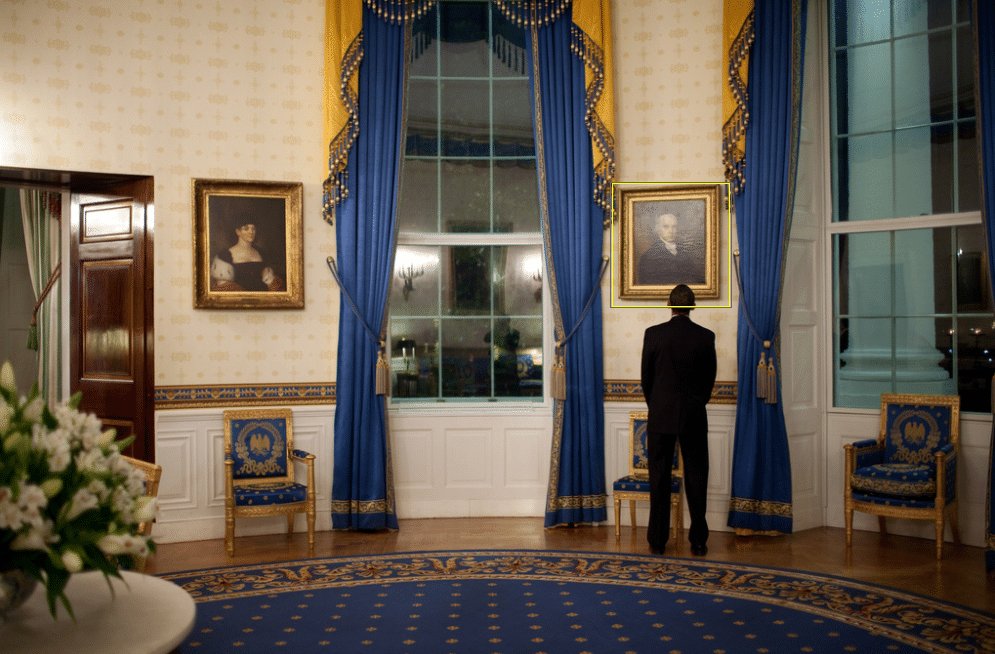
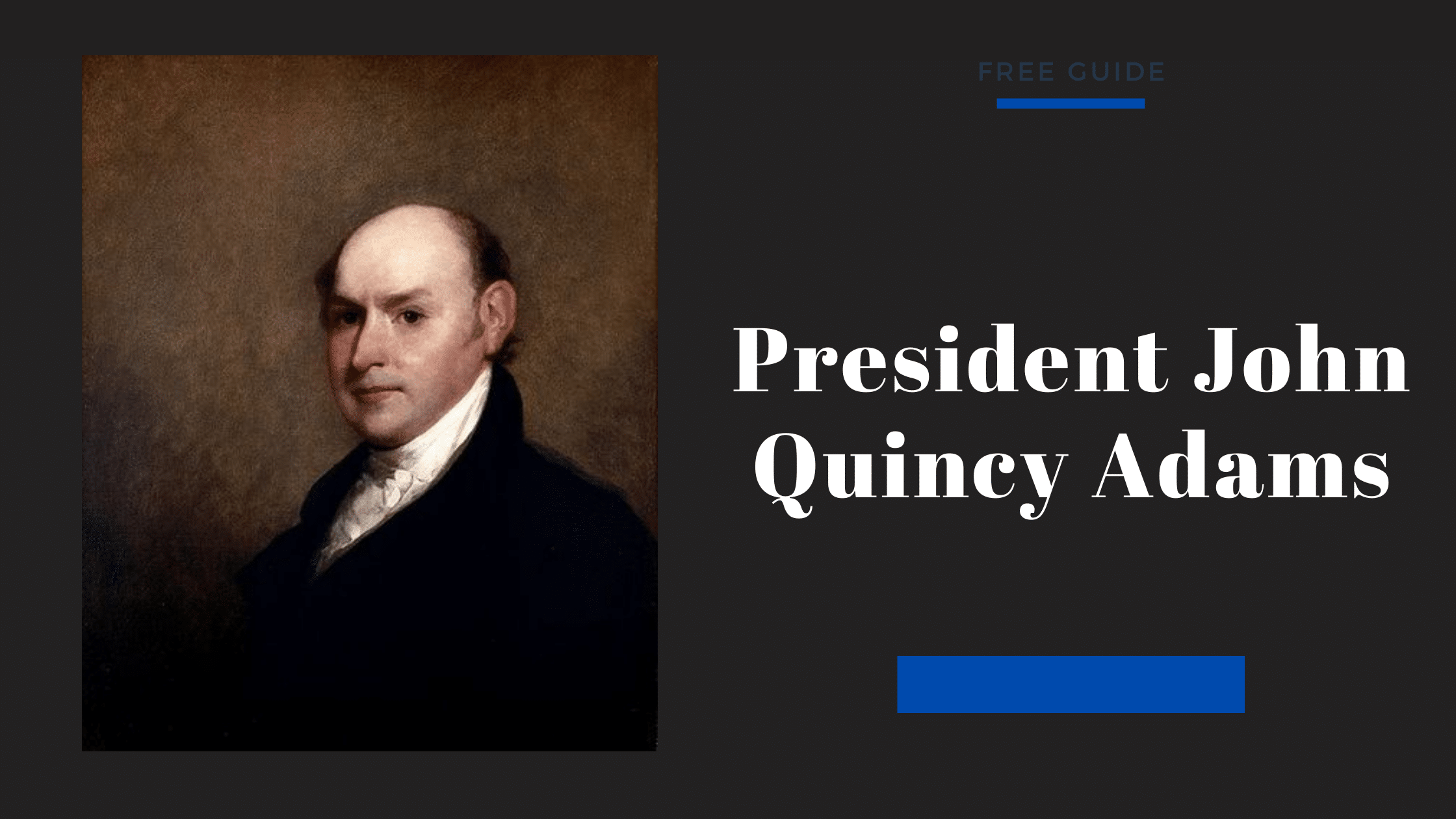
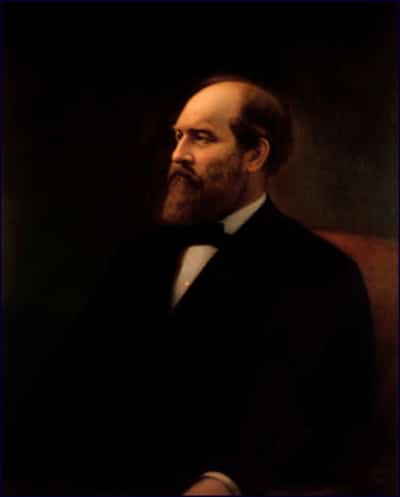







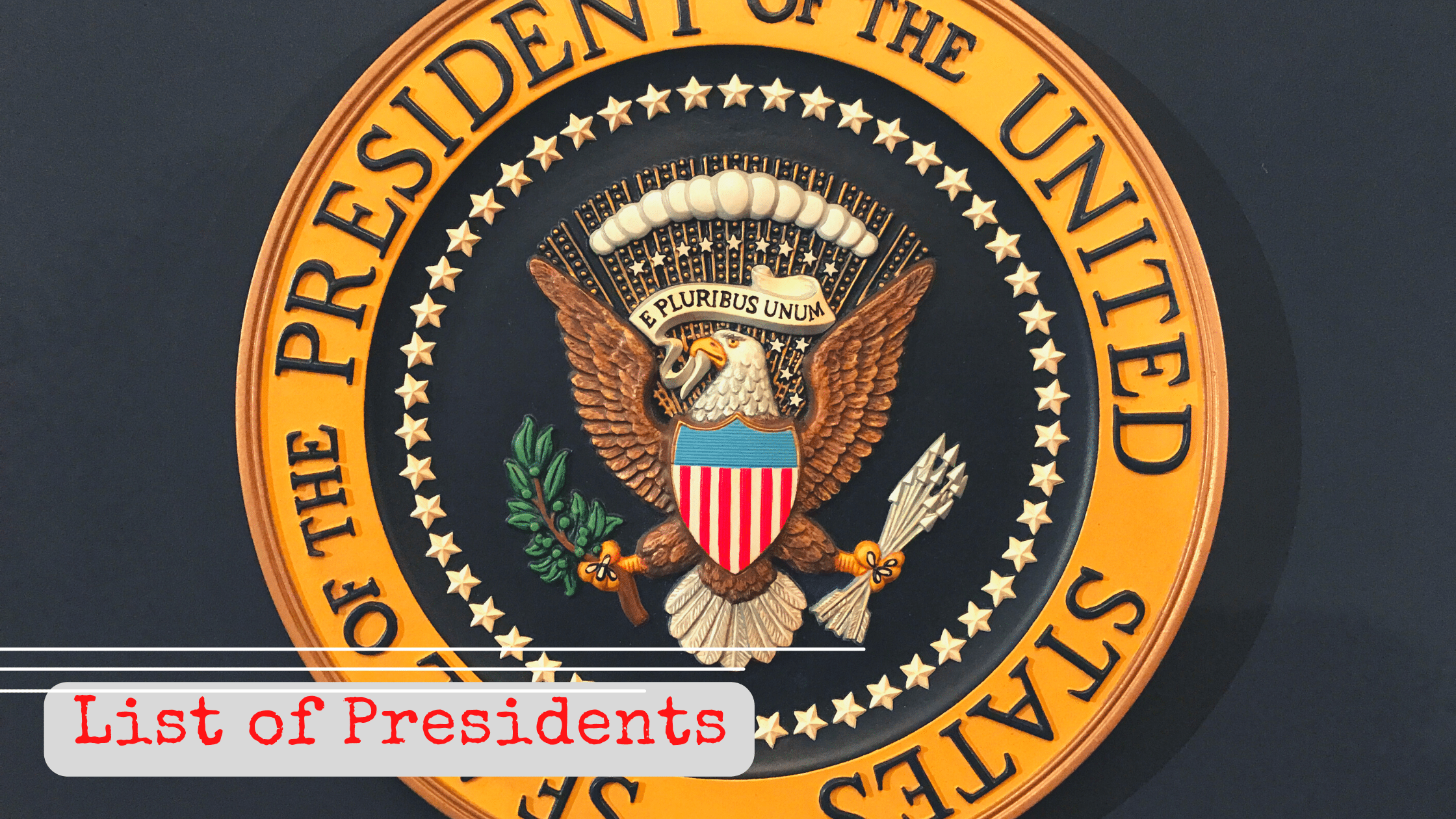
One Response
Teach this in our schools to our children.